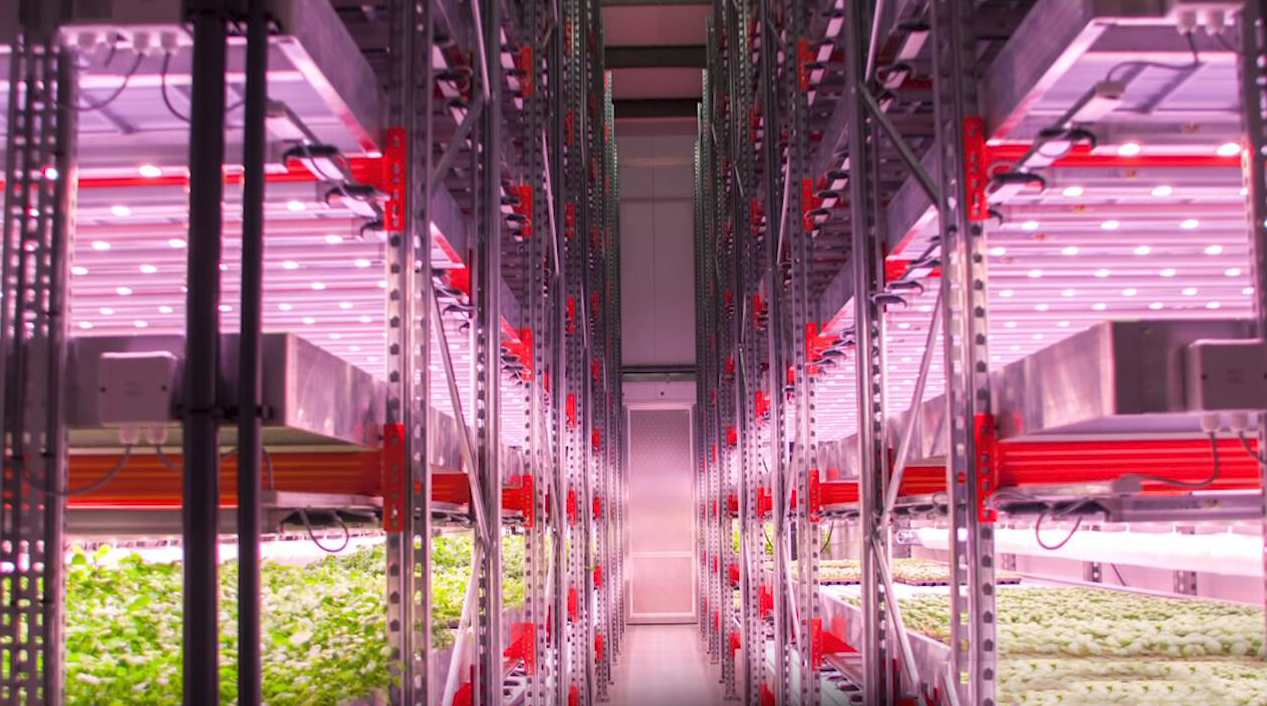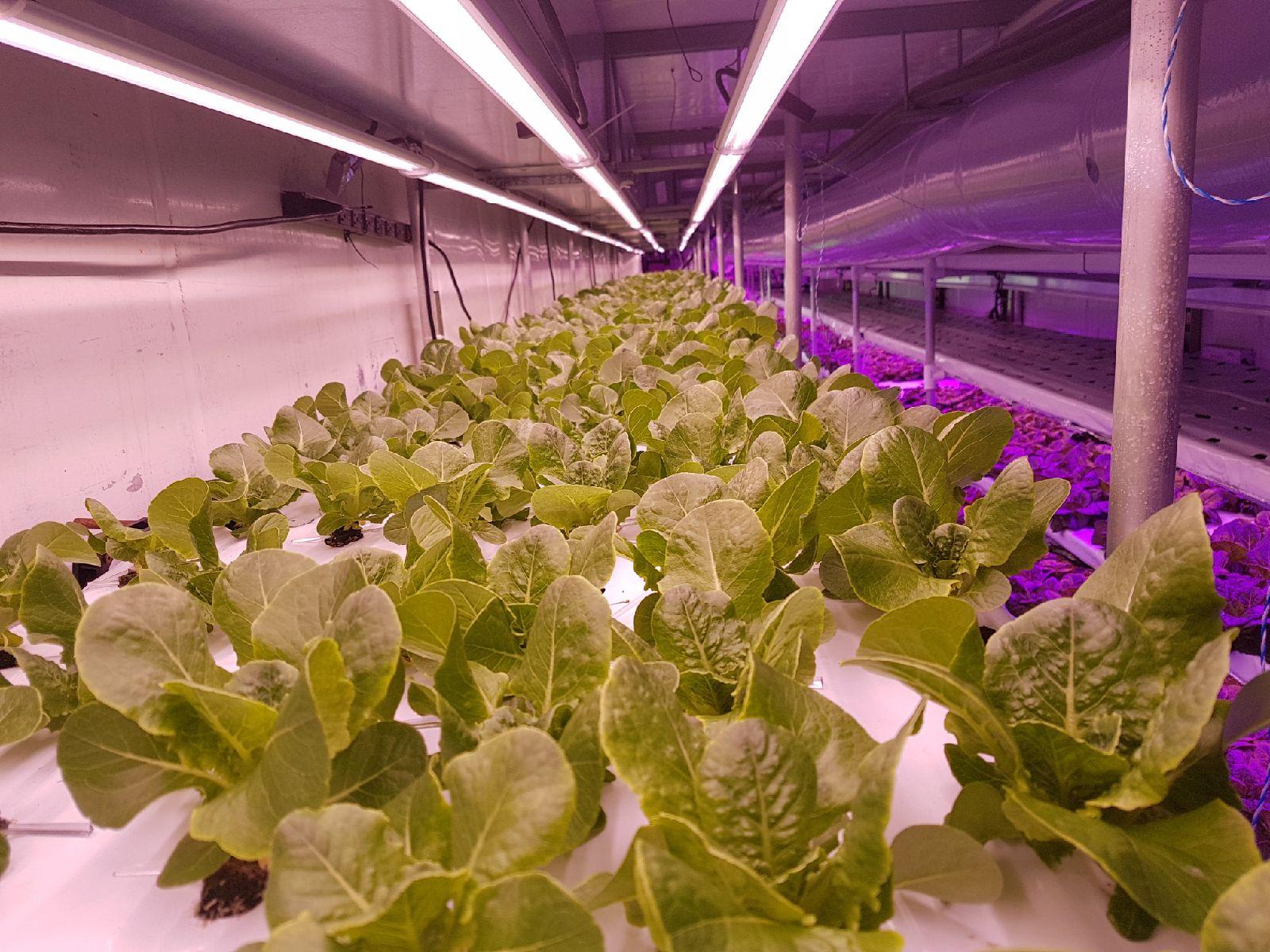15 Practical Insights on Urban Vertical Farming : Growing Indoor
In this article, we’ll display 15 practical insights on urban vertical farming to deepen your understanding of vertical farming

1. building an urban vertical farm, the first question you need to think about is where should it be located . it is an very key issue since its location determines the distance between product and market and the freshness of vegetable .that is also an obvious selling point of your products. you can make full use of it to promote and advertise your products .
2.local people 's demand for local food
If you enter a market that is already saturated and near saturated. as a relatively rational investor it is not wise. so before you decide where to locate your farms , it is necessary to analyze the business feasibility and research the market capacity . at the same time . it is also related to what crops do you intend to grow .what is exactly so-called" when a thing is rare ,it becomes precious" . if what you grow is scarce and in a great demand locally , you can consider it to be one of your investment direction . That would be a good prospect.
3. Local operation conditions support
There is one more fundamental problem, that is , your urban vertical farming which located in the city may require substantial amounts of power . it is learnt that, however ,not all places are equipped with adequate electricity .so you should also consider the power supply of the selected location.
4. lights use in vertical farming
it is worth to note when you growing indoor , especial in urban such high cost of land . you will do anything you can to take most advantage of vertical space . this will cause a problem.there is lack of enough light to contribute to the photosynthesis of plants . you need to supplement artificial light to let your crops grow healthy . atop lighting is a professional and experienced led grow light manufacturers and specialized in lighting fixture of commercial vertical farming &greenhouse planting and plant factory .

5. other devices support
what equipment else you do need for your vertical farm . here are some common growing equipment for your reference such as pumps, HVAC, automation equipment, dehumidifiers, fans and computers . of course, there might be other needed devices in the requirement list.
6. target customers
you need to know who are your target customers . in this way , you can know the rough locations of your farms . because we're sure you will make your farm location as close to them as possible. it is proved to be the right decision.
7. Expected price for your vegetable
how you price your products is a question worth thinking deeply. before you pricing , you can make a price survey on the same goods in local grocery store . if you sell your product at the same price ,this pricing strategy may help you earn more when your producing cost is far lower than that of other growers . however , When you do like this you will find that your profit margins are poor. there may be something wrong with your pricing strategy .
8. the obvious advantages of urban vertical farming
the producing process is transparent for all consumers . you can clearly know the origin of vegetables you purchase. all planting materials are under control. you don't worry about the vegetable are fertilized with unknown chemicals and handled by unknown people and fear that the vegetables you buy have past its expiration date . another advantage is its location . the whole industrial chain is clear and controllable , which is a new type of commercial agricultural planting mode to make consumers feel at ease.
9. the factors driving the growth of the urban vertical farming market
1)high quality vegetables with no use of pesticides. 2) less dependency on the weather for production. 3)growing urban population, increase in the year around demand of the crops. 4)reduced impact on the environment.
10.market positioning
According to market analysis, consumers are still willing to pay for extra part like the quality, transparency and safety of products. They hope to buy and use at ease. compare with conventional planting ,vertical farming is an innovative method . it can provide better food for anyone who wants it. high quality, organic, green, safe and environmentally friendly should be its distinctive market positioning.
11.the mode of transportation
effective mode of transportation can get fresh food into cities faster. the transportation of vegetable from farm to market should minimize the possibility of microbial contamination. so everyone in the transportation chain should be responsible for the quality and safety of fresh production. sanitation should be assessed every transit point. In addition, we should choose the fastest mode of transportation.
12. focus on labor cost
Multi-layered systems with planting beds reaching to the ceiling means that farm workers have to travel up and down on a lifter to perform basic farm operations like planting, inspections, maintenance, and harvesting. although many farms are now using movable raised seedbeds, it is undeniable that labor costs still account for a large proportion of total operating costs in urban vertical farms.
13. use automation equipment to ease your operation cost
farmers are divided over the use of automation equipment. some people think using automation equipment can solve a lot of the farm labor issues ,but that may not be the case for some small producers . using automation equipment means that massive initial investment will be put into this field. that's a lot of money for most small farms. by comparison. If the cost of using labor is lower than the cost of equipment, you can temporarily not consider using automation equipment.
14. effective and scientific data analysis
If it is on your first try of vertical farm,please remember to retain as much as possible of related data. which can provide more efficient basis and methods for after-planting. if it is not the first time you run your vertical planting, please be sure to look into the data and make an in-depth analysis to figure out the relationship between data , harvest and the profits. let these data work for you.
15. is it necessary for organic certification?
The question of whether organic certification is necessary for vegetables has long been a confusion . consumers want to buy brands they feel are the healthiest and safest option and that often means organic. however, organic certification ,in their view, is not as good as local supply . buying from a local farmer gives them greater feelings of security .In their habitual consciousness consumers always acknowledge that “local is fresh and organic” . so is it necessary to make an organic certification depends on consumer perception. Perhaps certification is the more authoritative way, but it need to take a long time to guide consumers.
the important thing to remember is that every situation, every location, and every local market is unique.the ultimate purpose is to sell your produce, not just plant it . So how to make a decision depends on your actual situation. The 15 insights above are only for reference.
For an overview of all our led grow lights , visit https://www.atophort.com/products/

